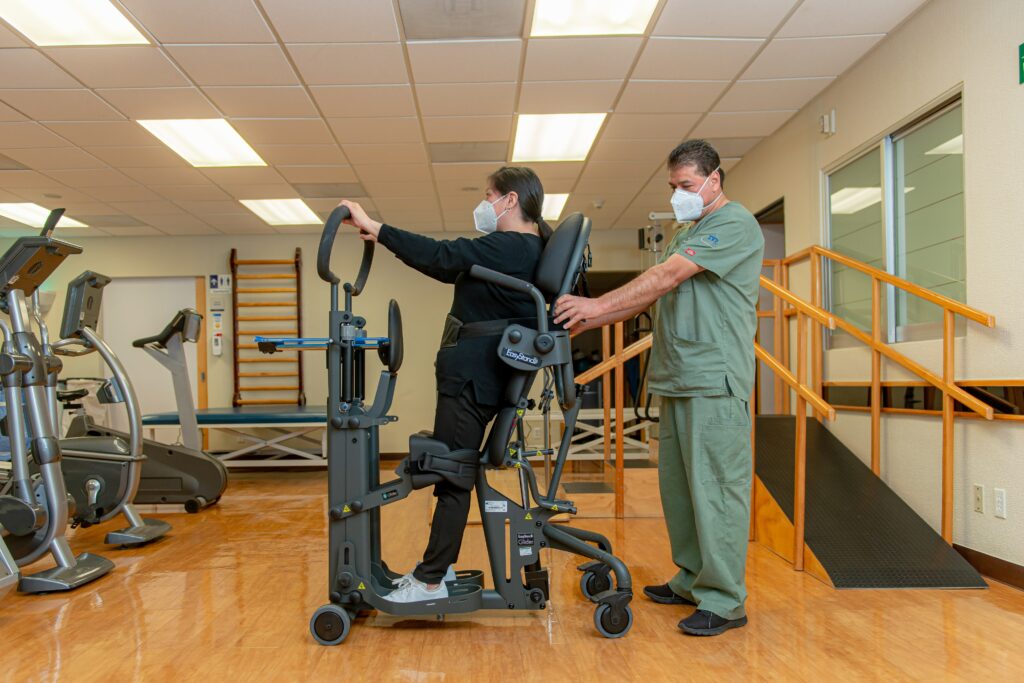Key points:
- The sciatic nerve begins as a group of roots that join together as they travel down the legs.
- Generally, problems in the discs of the spine are what trigger sciatic pain.
- There is no specific age at which sciatic nerve pain occurs.
Sciatica is a colloquial term for low back pain that radiates to a limb, primarily through the buttock, back of the thigh, and down the leg, says Dr. Israel Romero Rangel, minimally invasive neurosurgeon at ABC Medical Center.
The sciatic nerve is a nerve made up of many nerve roots, which emerge from the spine and unite as they approach the limb. When referring to sciatica, the sciatic nerve or only one of its roots may be directly affected.
Depending on the root that is affected, the pain that the person will perceive could be in the back of the leg, in the front of the leg, in the groin, in the calf, or all the way to the foot.
When sciatica pain occurs, it is characterized by feeling as if it were an electric shock in the limb, you can also perceive numbness or lack of response in the leg, which becomes clumsy or with a tingling sensation for a while and then returns to normal.
Sciatic pain can have different causes, the most common being the presence of a herniated disc. A violent or inappropriate movement can happen daily, either due to an accident, the practice of impact sports, or some other situation. This can produce a hernia that directly compresses and hits the nerve.
Also, if any family member such as parents, cousins, or uncles have already had sciatica problems, there is likely a propensity to have herniated discs and, therefore, some type of involvement in the sciatic nerve.
Another factor that can lead to the appearance of problems in sciatica is smoking since this activity dehydrates the discs of the spine, which is why they weaken and end up compressing the nerves. In addition, being overweight is an important element to consider, since the wear is produced little by little by causing greater pressure on the spine.
How can sciatica be treated?
Dr. Romero says that there are different tools to treat herniated discs and, therefore, sciatica.
The first treatment is the use of painkillers and anti-inflammatory drugs, which seek to control pain within four to six weeks.
A second treatment is offered when the medications failed to completely eliminate the pain, although its intensity may have decreased, the patient will attend a rehabilitation program that lasts between six to 12 weeks and the basic structure of the column will be strengthened through exercise.
If rest, rehabilitation, and medications have not achieved the expected results, a third treatment is considered which involves surgery.
Although sciatic nerve problems occur more frequently in people between the ages of 40 and 60, this disease can appear at any stage of life, even from childhood, especially when doing high-intensity or extreme sports such as tennis, horseback riding, gym, or CrossFit that demand a lot from the spine.
In the Neurological Center of ABC Medical Center we can give you specialized care. Contact us!
Fuente:
Dr. Israel Romero Rangel – minimally invasive neurosurgeon at ABC Medical Center.
https://youtu.be/bi-WfoJqq18



